If you grew up in the ‘60s, you’ll know that it was a completely different world for kids: a time of adventure and freedom, even if that meant pushing the limits without much thought for safety. But as times changed, so did the rules. A lot of the things we loved doing back in the day are now viewed as dangerous or even illegal.
Here’s a look back at some of the things kids in the ’60s loved doing that wouldn’t fly today.
Riding in the Back of Pickup Trucks
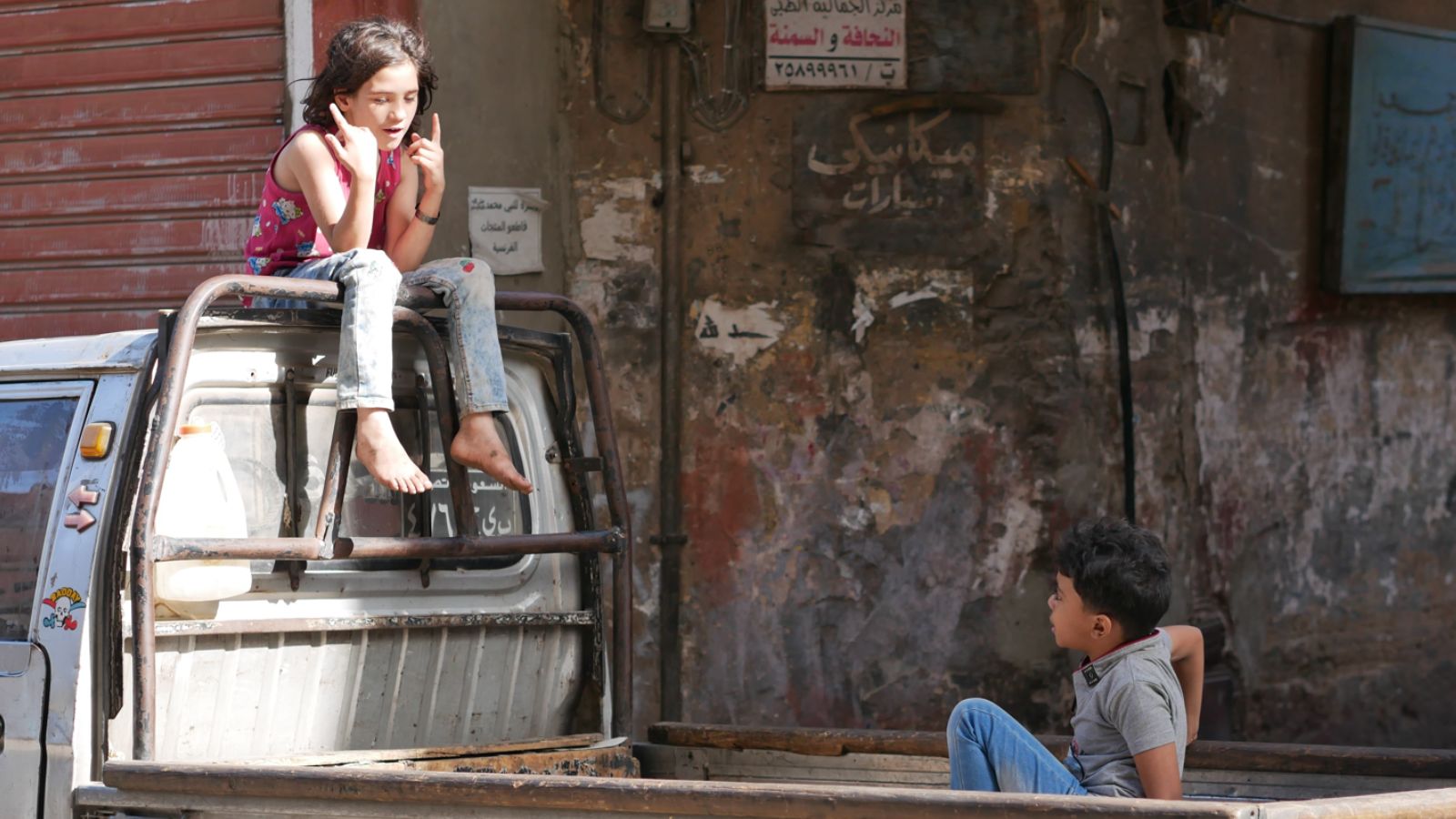
Back in the good ol’ days, few things felt more exciting than riding in the back of a pickup truck, wind whipping through your hair as the truck cruised down the road. Kids piled in without a care, sometimes even standing while the vehicle was moving.
But today, laws in most states prohibit riding in open cargo areas due to the obvious safety risks. One sharp turn or sudden stop could send someone flying.
Playing with Lawn Darts
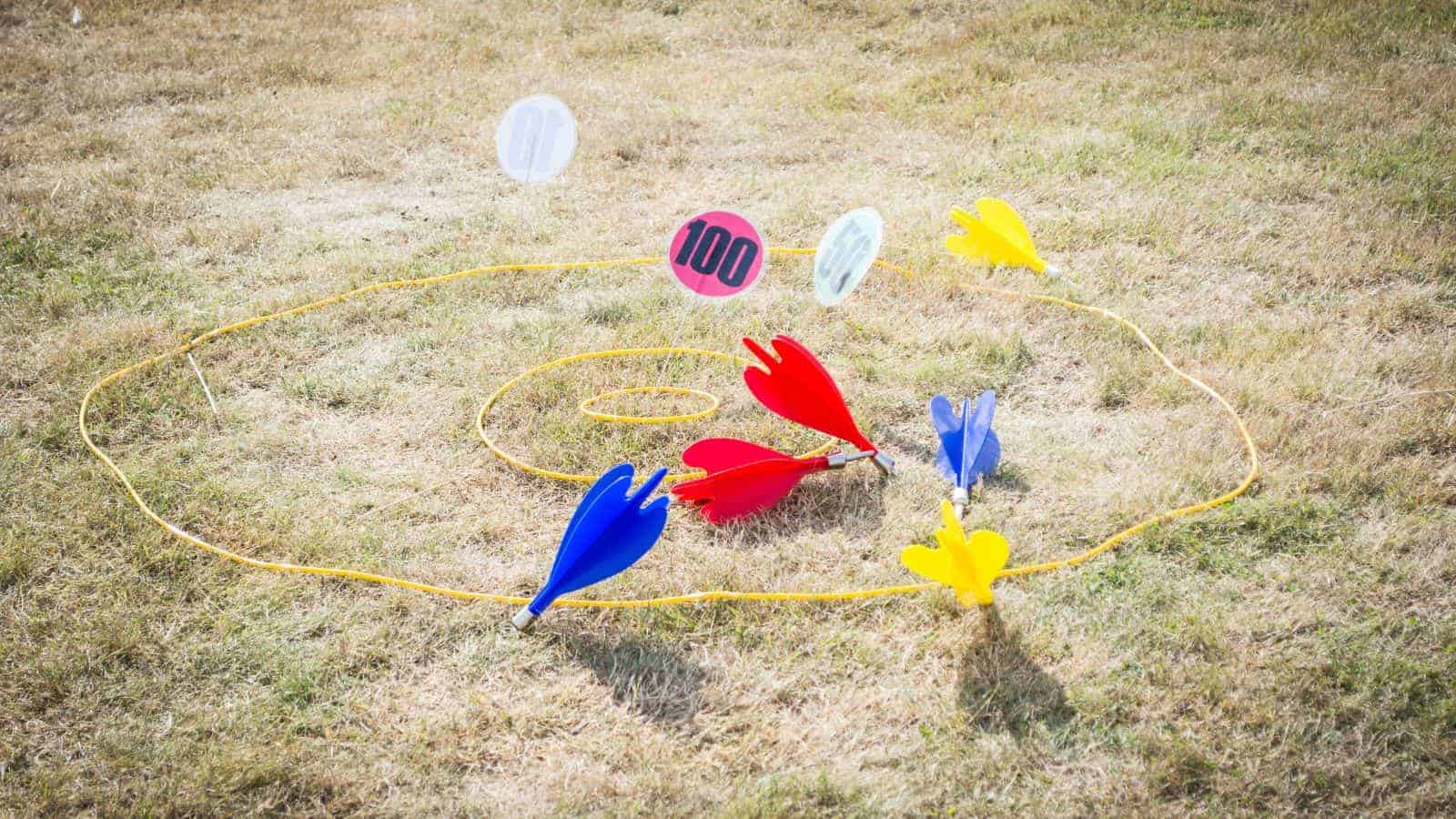
Lawn darts – or “Jarts” as they were often called – were a staple at family barbecues and backyard parties. These oversized darts were essentially small metal spears with sharp tips, and the goal was to toss them into plastic rings on the ground. The problem? Kids didn’t always aim carefully, and accidents were inevitable. By the late 1980s, lawn darts were banned in the US after causing numerous injuries.
Using Fireworks Without Supervision
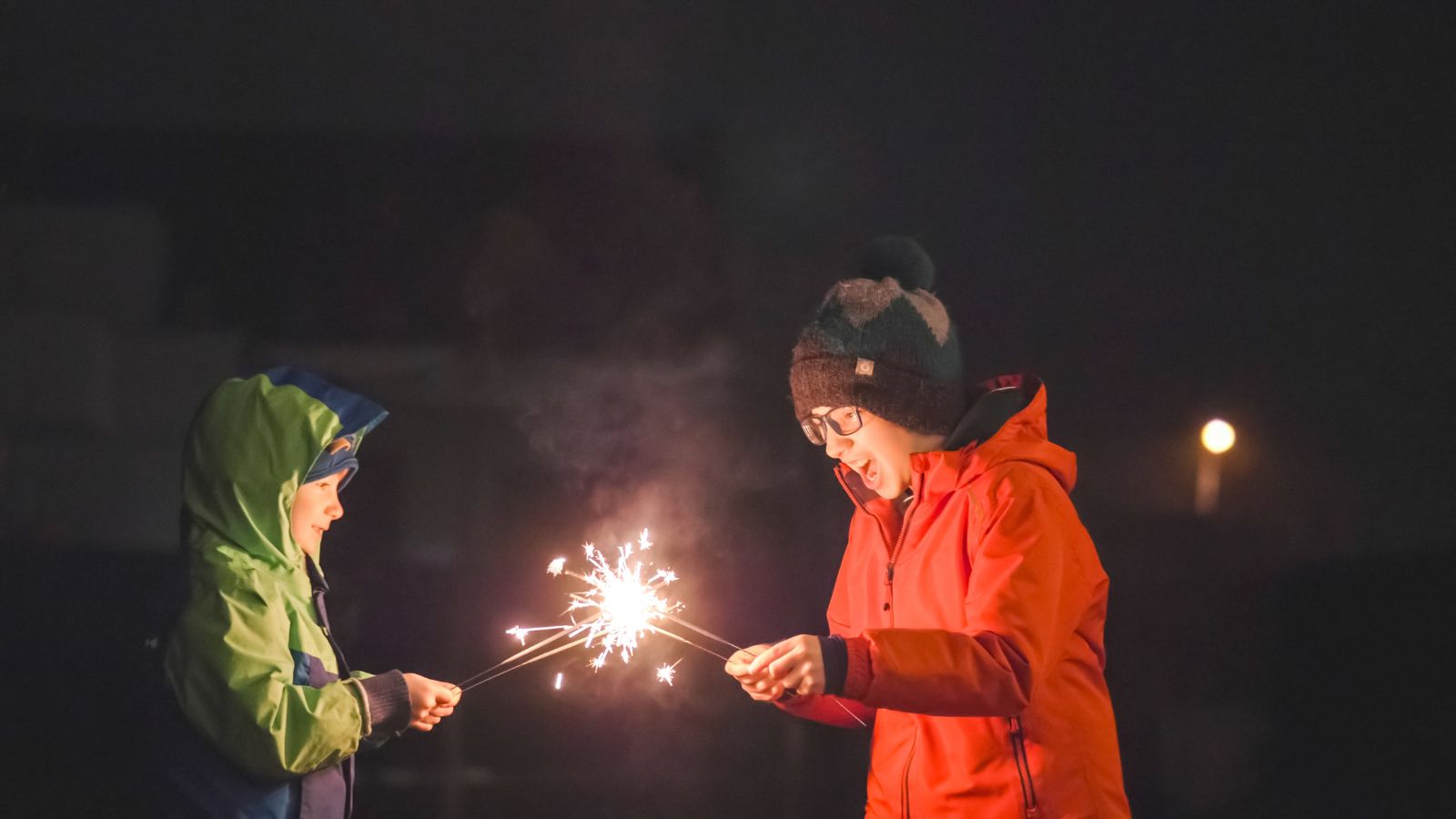
In the ’60s, kids could often buy and light fireworks with little to no adult supervision. Firecrackers, bottle rockets, and sparklers were all part of the fun during holidays, and injuries were seen as part of the experience. Today, most states have strict age limits on who can purchase fireworks, and lighting them without adult supervision is illegal in many areas.
Playing “Cops and Robbers” with Toy Guns

Toy guns in the ’60s looked remarkably real, often made of metal and painted black or silver. Kids ran through neighborhoods playing cops and robbers, pretending to have shootouts in parks or on sidewalks. Today, toy guns are brightly colored to avoid confusion with real firearms, and brandishing them in public can lead to legal trouble.
Climbing Trees Without Supervision
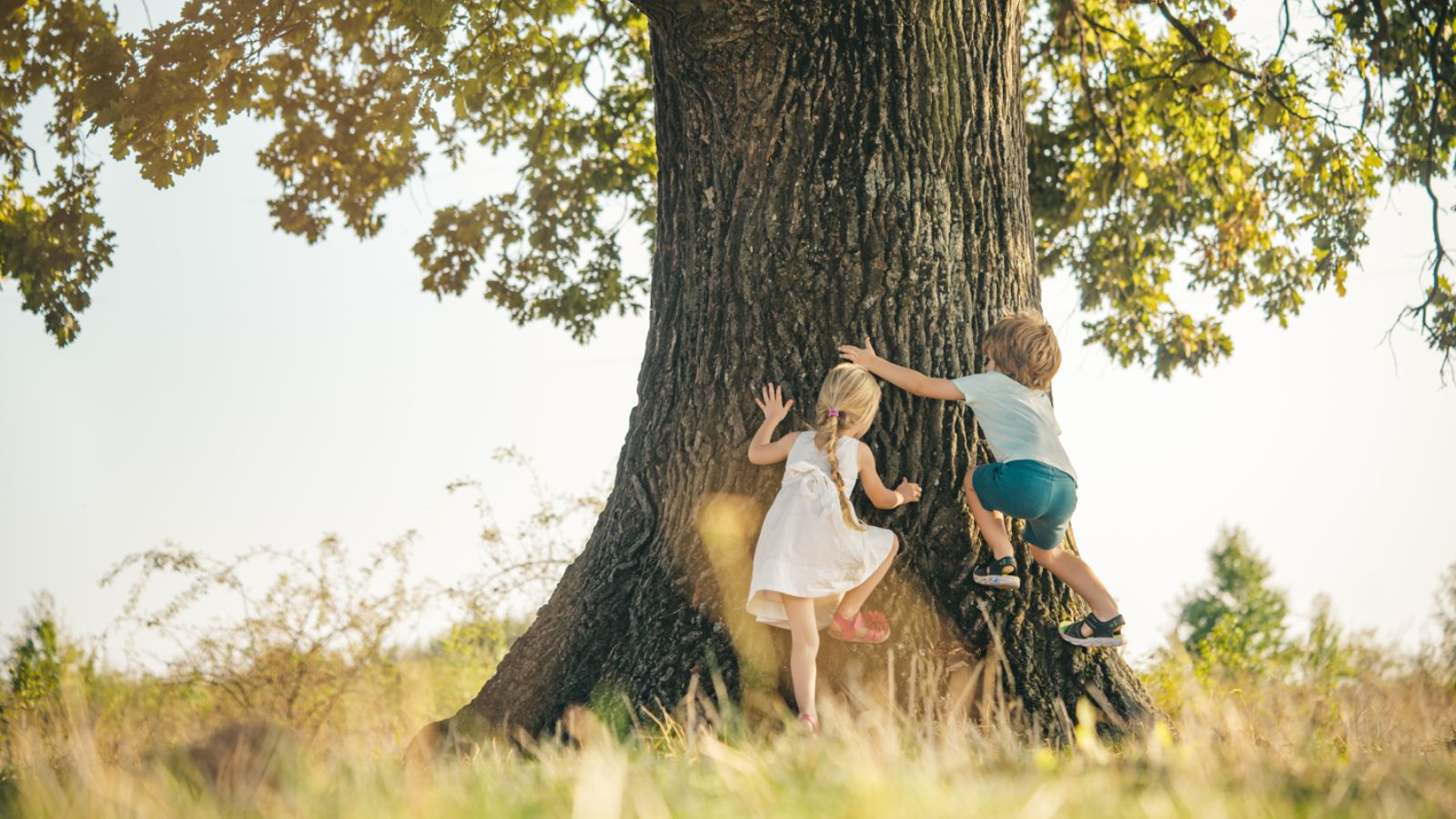
Tree climbing was practically a rite of passage in the ’60s. Kids would scramble up branches, often daring each other to climb higher and jump down. No helmets, no ropes: just bare hands and a sense of adventure. Today, many public parks ban tree climbing altogether due to liability concerns. Schools and playgrounds have also restricted the activity, citing the risk of falls and injuries.
Riding Bikes Without Helmets
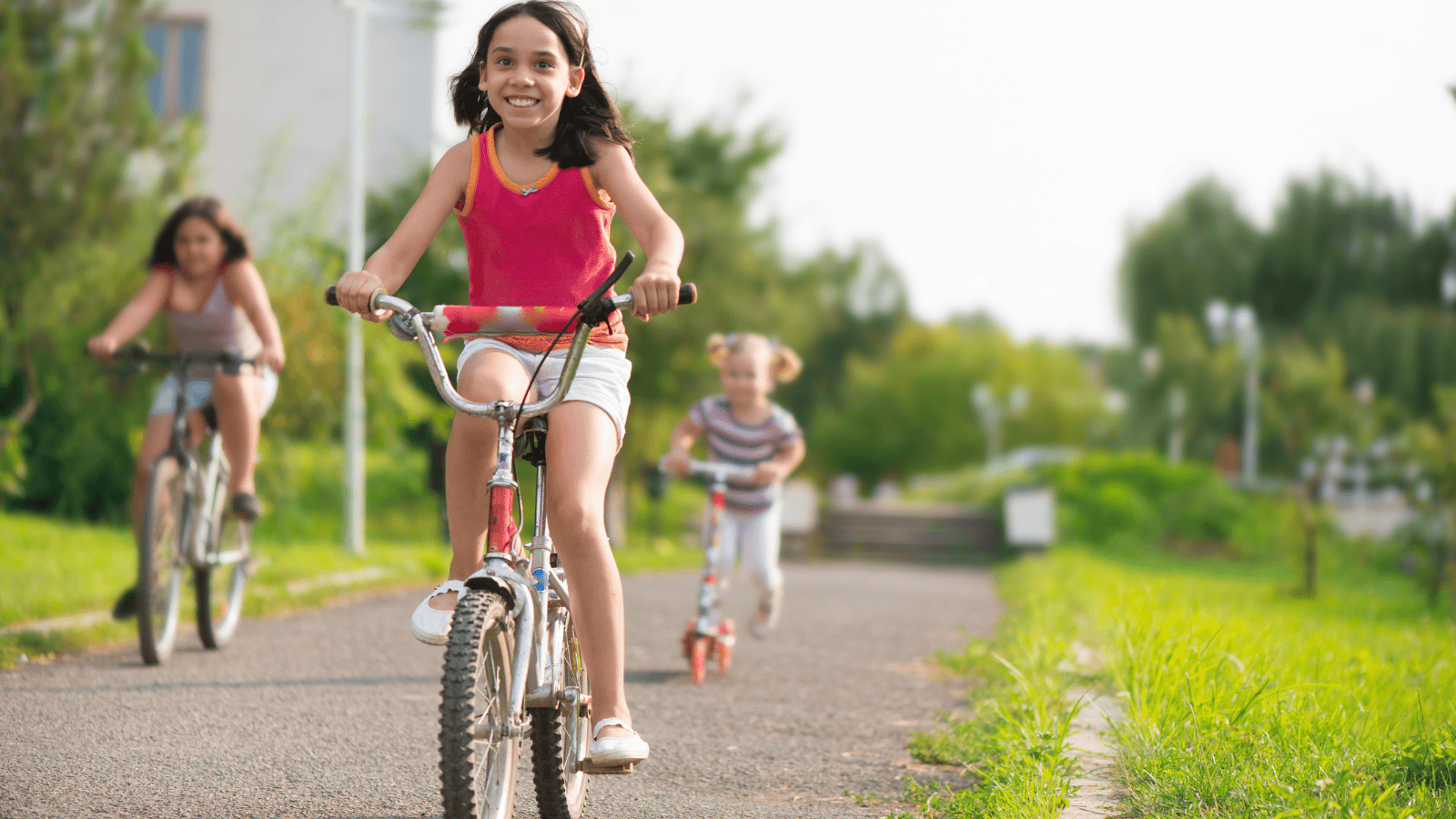
In the ’60s, if you were lucky enough to own a bike, the only thing you needed was the bike itself. Helmets were virtually unheard of, and kids rode at full speed down streets, sidewalks, and dirt paths. Wipeouts were just part of the fun.
Since then, research has shown how effective helmets are at preventing head injuries, making it one of the many safety measures that’s now standard.
Hitchhiking
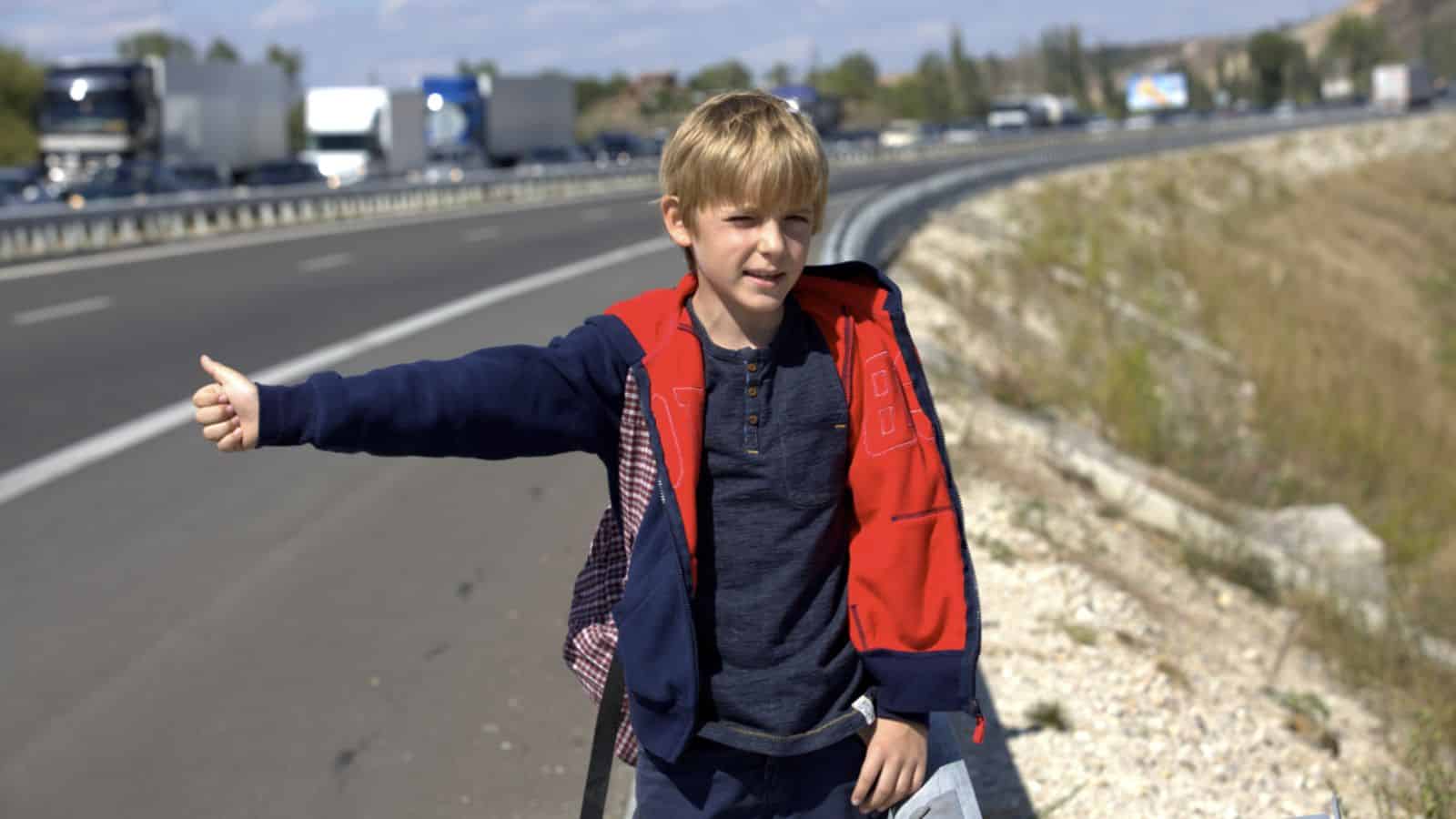
Hitchhiking wasn’t just for adults a few decades ago: teenagers and even younger kids stuck out their thumbs to catch rides, sometimes just to get across town. It was a common, accepted way to travel, and drivers rarely hesitated to pull over. But as awareness of the risks grew, hitchhiking became associated with danger for both riders and drivers.
Laws in many states now discourage or outright ban hitchhiking, leaving it as a relic of a less cautious time.
Shooting BB Guns in the Backyard

BB guns were a prized possession for many kids, often gifted at a young age with minimal instructions. Target practice happened wherever there was space, and safety goggles were optional at best. Today, many cities have ordinances restricting the use of BB guns in residential areas, and kids can’t legally use them without adult supervision.
Riding Without Seat Belts
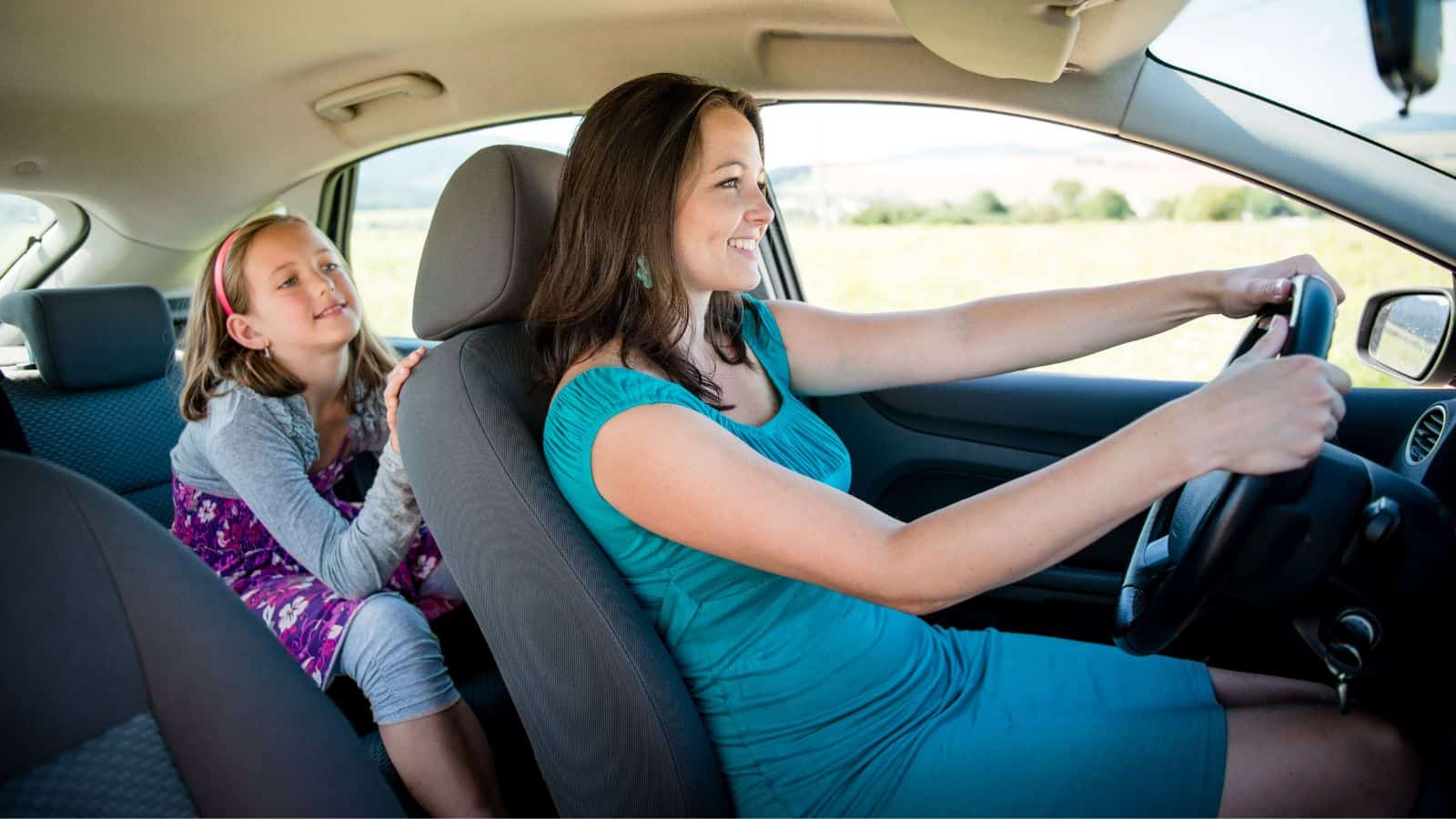
In the ’60s, seat belts were more of an accessory than a necessity. Kids often rode in the back seat, or even the front, without buckling up. It wasn’t unusual for kids to stand between the front seats, leaning forward to chat with the driver. Now, seat belt laws are strictly enforced in every state, and child car seat regulations are detailed and mandatory.
Playing in Construction Sites

A half-built house or a nearby construction site felt like the ultimate playground for curious kids. They climbed scaffolding, explored unfinished rooms, and jumped over piles of dirt without a second thought. Construction sites represented adventure, but they also posed numerous risks. Now, these areas are secured with fences, and entering them without permission is considered trespassing.
Firecracker Fights and Homemade Explosives

Some kids took the firework fun a step further back in the day, creating makeshift explosives using firecrackers and household items. Firecracker battles, where kids tossed them at each other, were very dangerous but not all that rare.
Roller Skating in the Streets
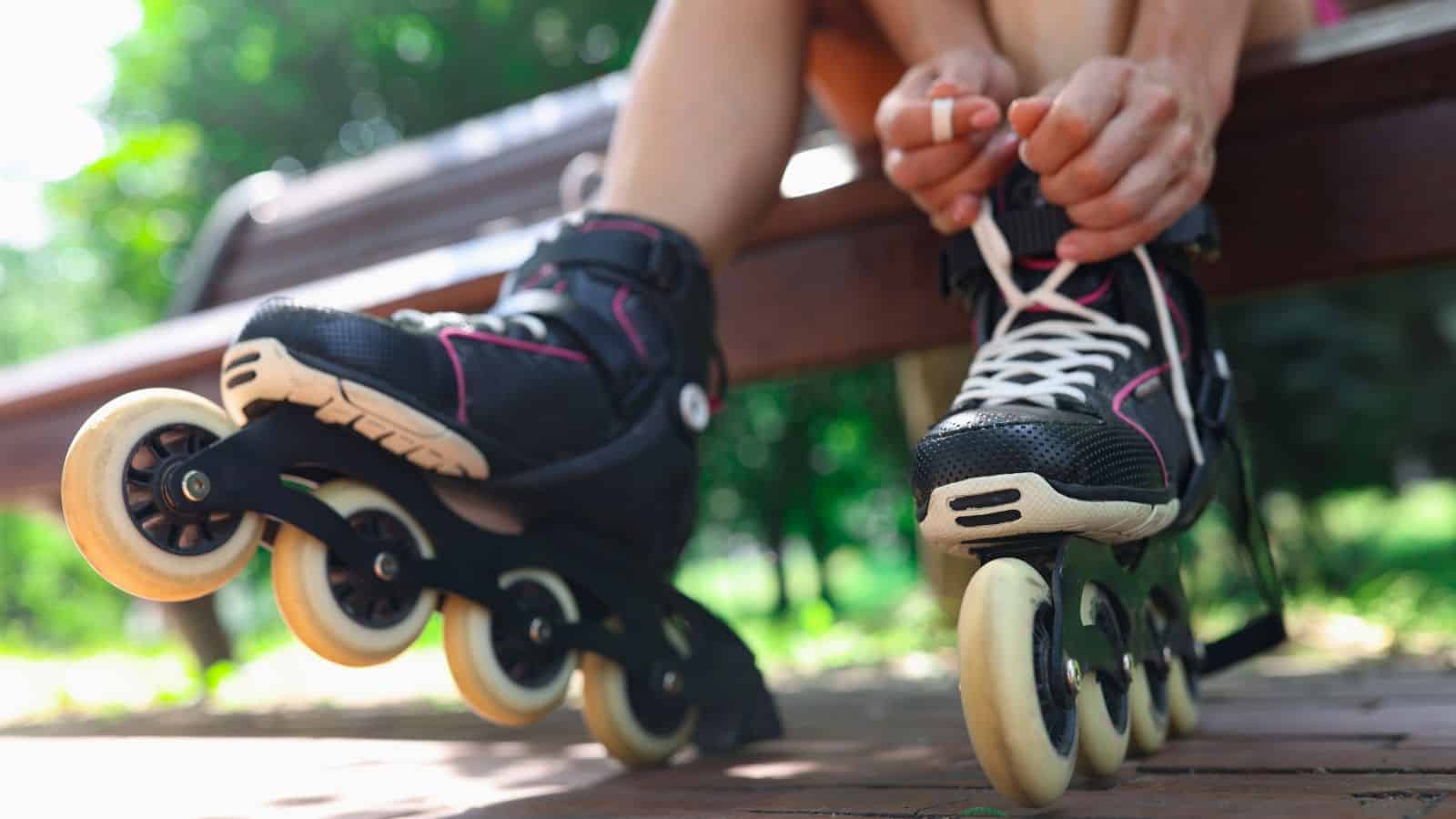
Roller skates were the preferred mode of transportation for many kids, and neighborhood streets became makeshift skating rinks. Cars weaved around them, and kids rarely paid attention to traffic.
Building Dangerous Treehouses
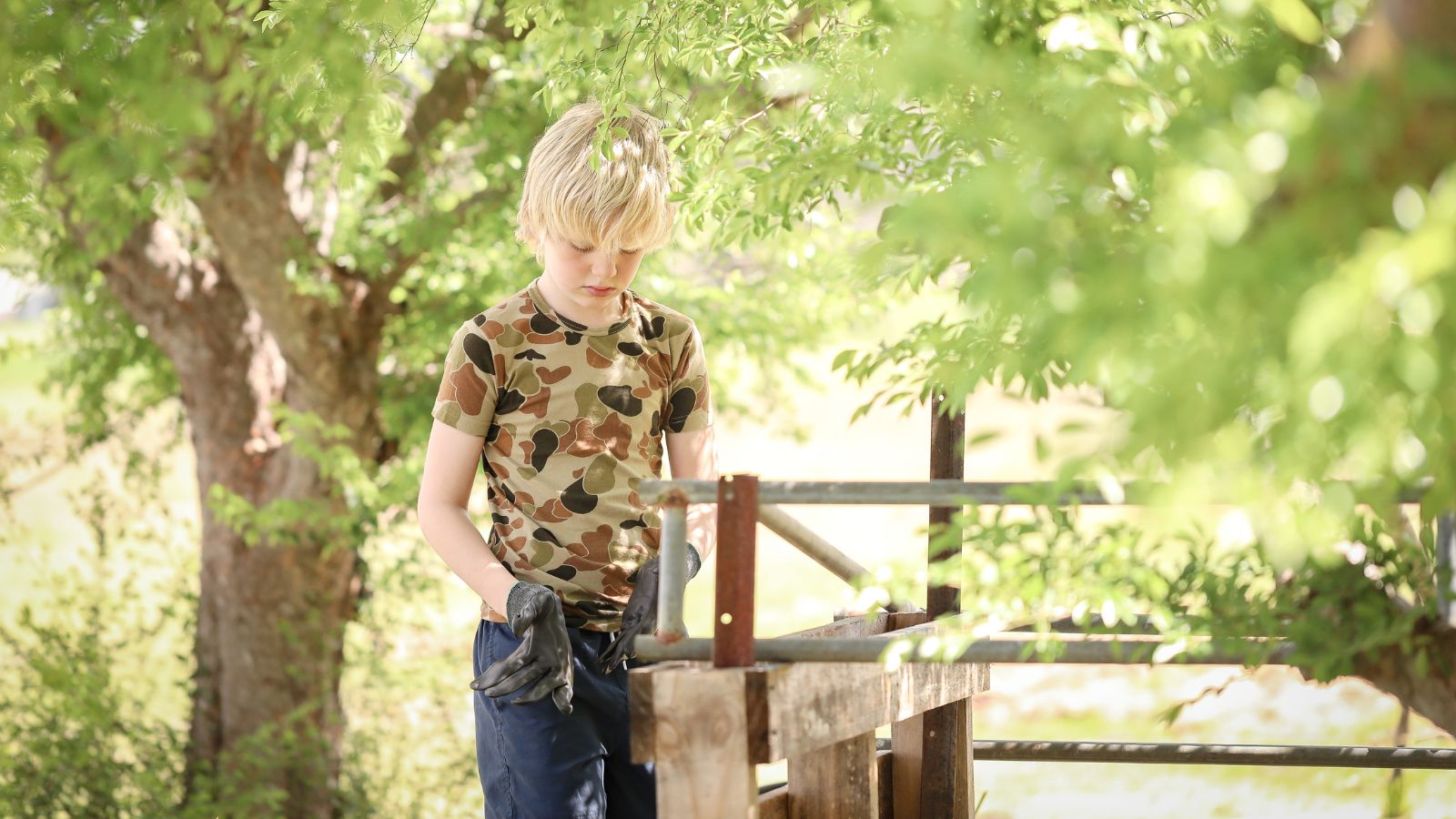
If you’ve been around for a few decades, you’ll know that treehouses weren’t the polished, safety-first structures you see today. Back in the ’60s, kids built their own with whatever scrap wood and nails they could find, often with questionable stability. No one worried about permits, proper foundations, or guardrails.
Sledding on Public Streets
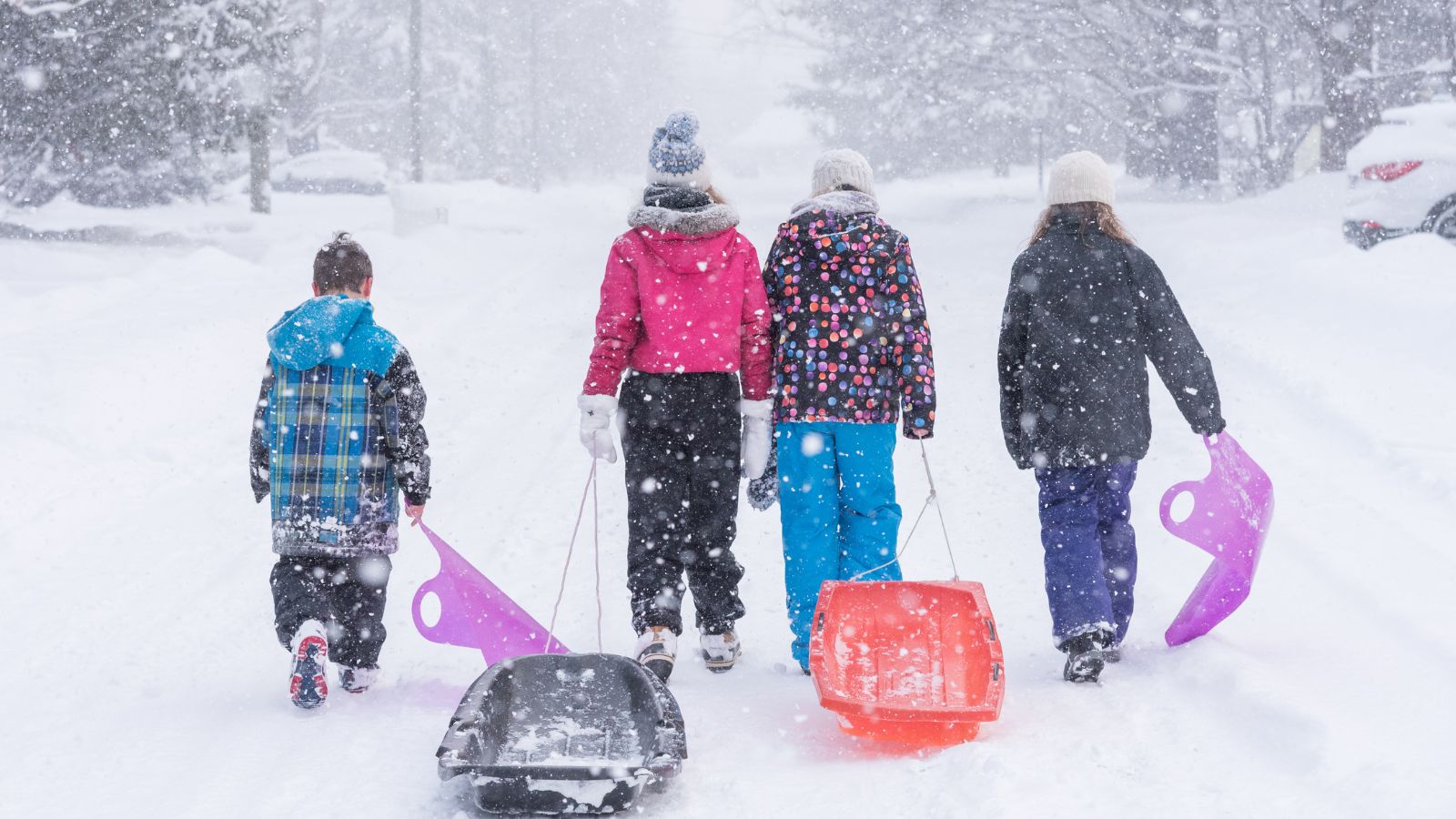
The first snowfall brought kids out in droves, sledding down neighborhood streets without concern for traffic. Spotters were rarely used, and cars either slowed down or swerved to avoid them. Sledding on public streets is now prohibited in most areas, as the risk of injury far outweighs the fun.
Designated sledding hills and parks offer safer alternatives, but for those who grew up in the ’60s, sledding down a local street is a nostalgic memory.
Climbing on Train Tracks
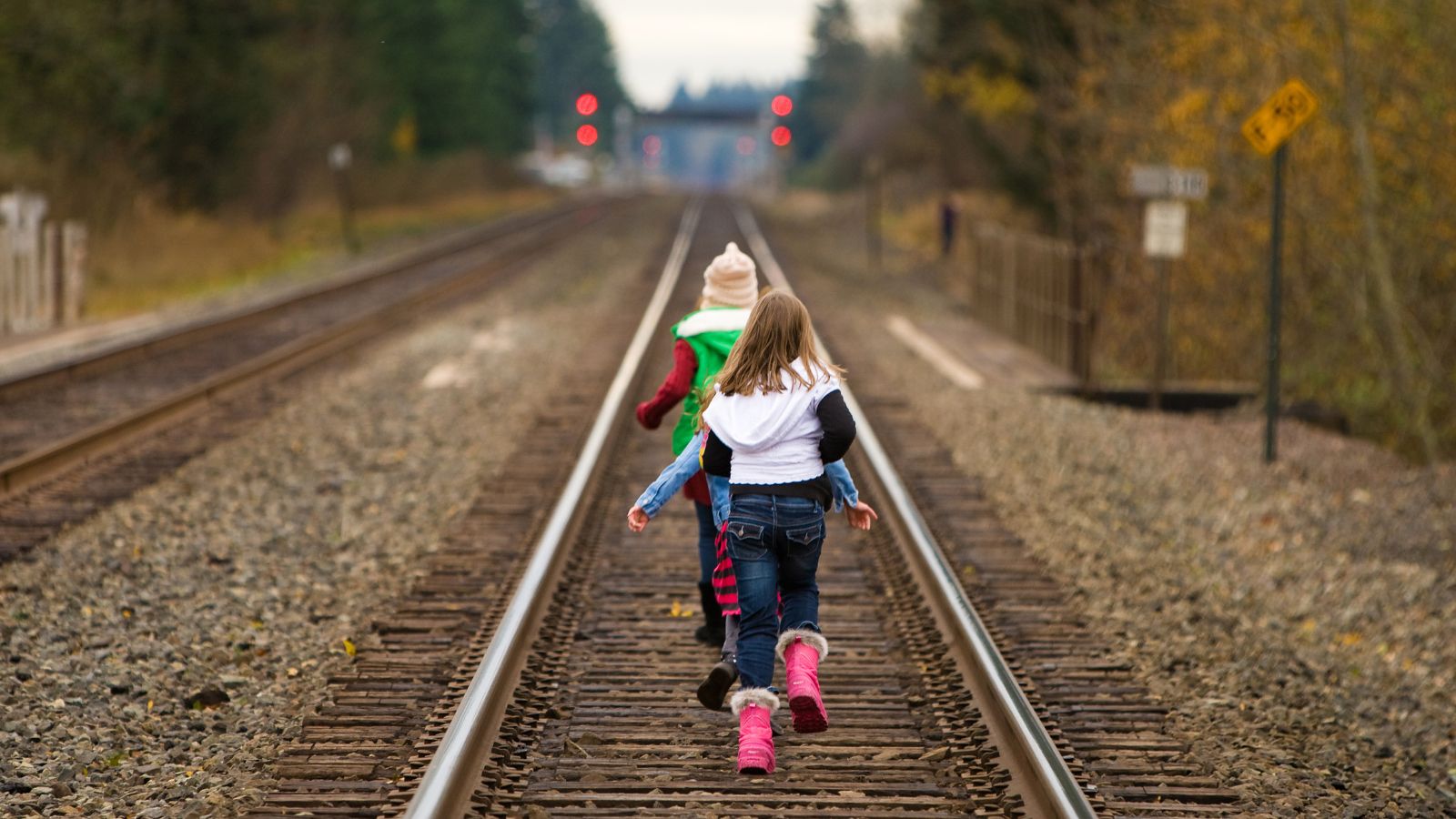
For many kids, train tracks were irresistible. They walked along them, placed pennies on the rails, and even climbed aboard stationary train cars. The danger was part of the thrill. Today, not only is playing on or near train tracks illegal, but it’s also heavily discouraged through public safety campaigns.
Trespassing on railroad property now carries serious penalties, and the risk of injury has led to widespread awareness efforts.
Swimming in Quarries or Reservoirs
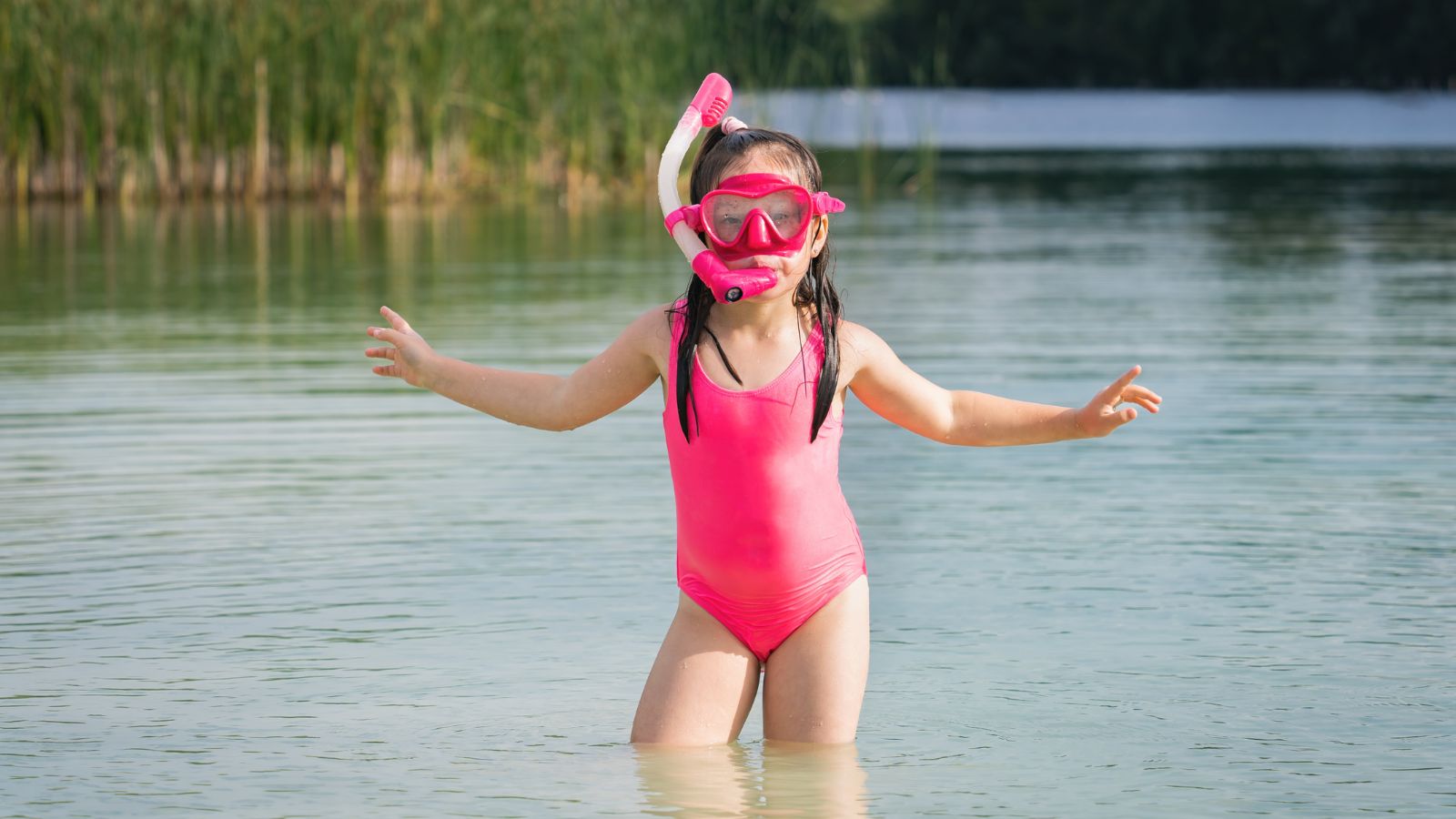
Gone is the summertime ritual of swimming in quarries, reservoirs, or other off-limits bodies of water. The water was cold, deep, and often filled with hidden dangers, but that didn’t stop them from jumping in. Now, swimming in unauthorized areas is prohibited, and “No Trespassing” signs are posted everywhere..
Riding Go-Karts and Homemade Vehicles on the Road
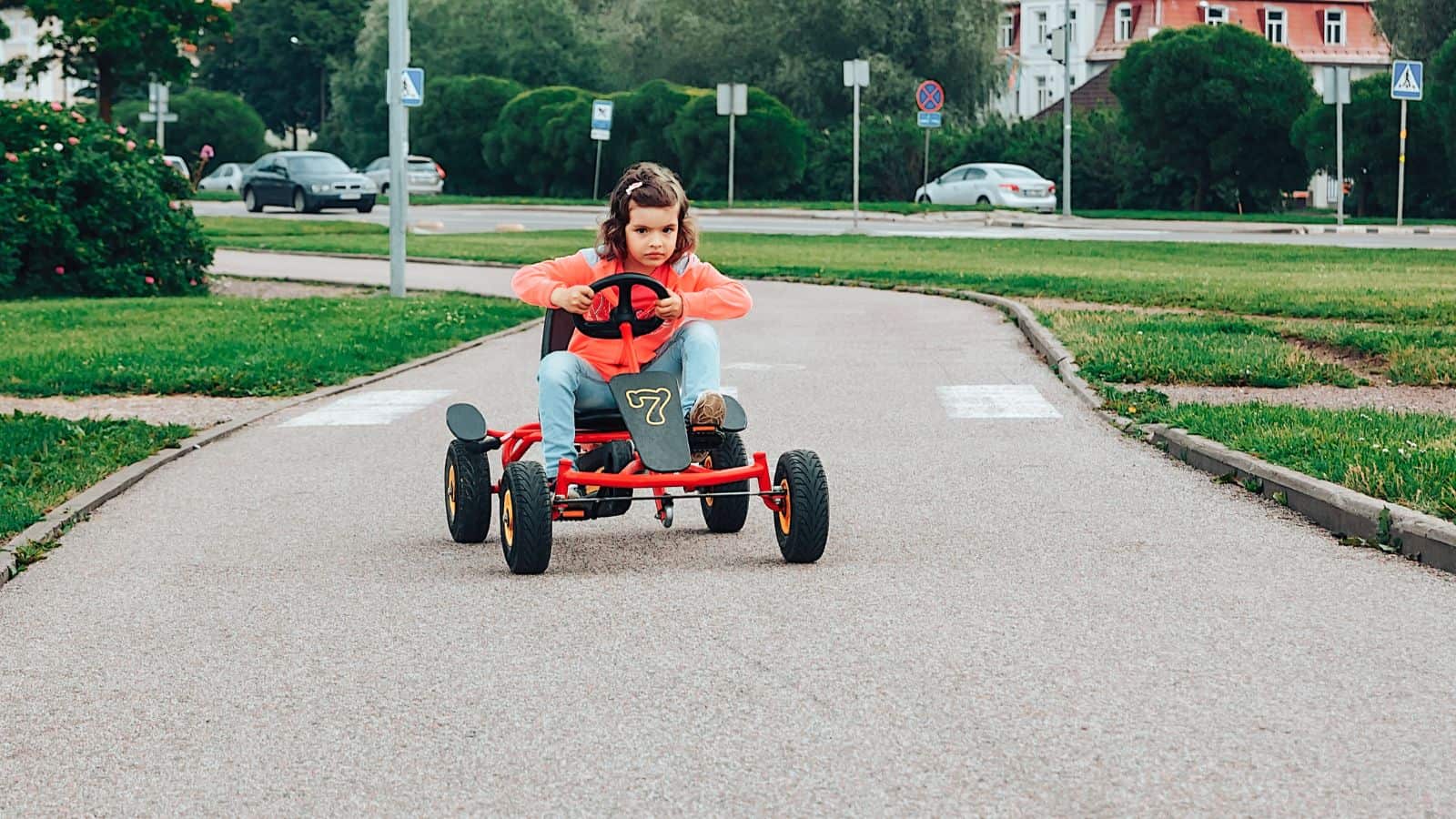
Go-karts, homemade boxcars, and even bikes with engines attached made their way onto public streets in the ’60s. Kids raced each other without helmets, speeding down hills and weaving through traffic.
While go-karting is still popular, it’s now limited to designated tracks and supervised settings.
Playing with Unsafe Playground Equipment
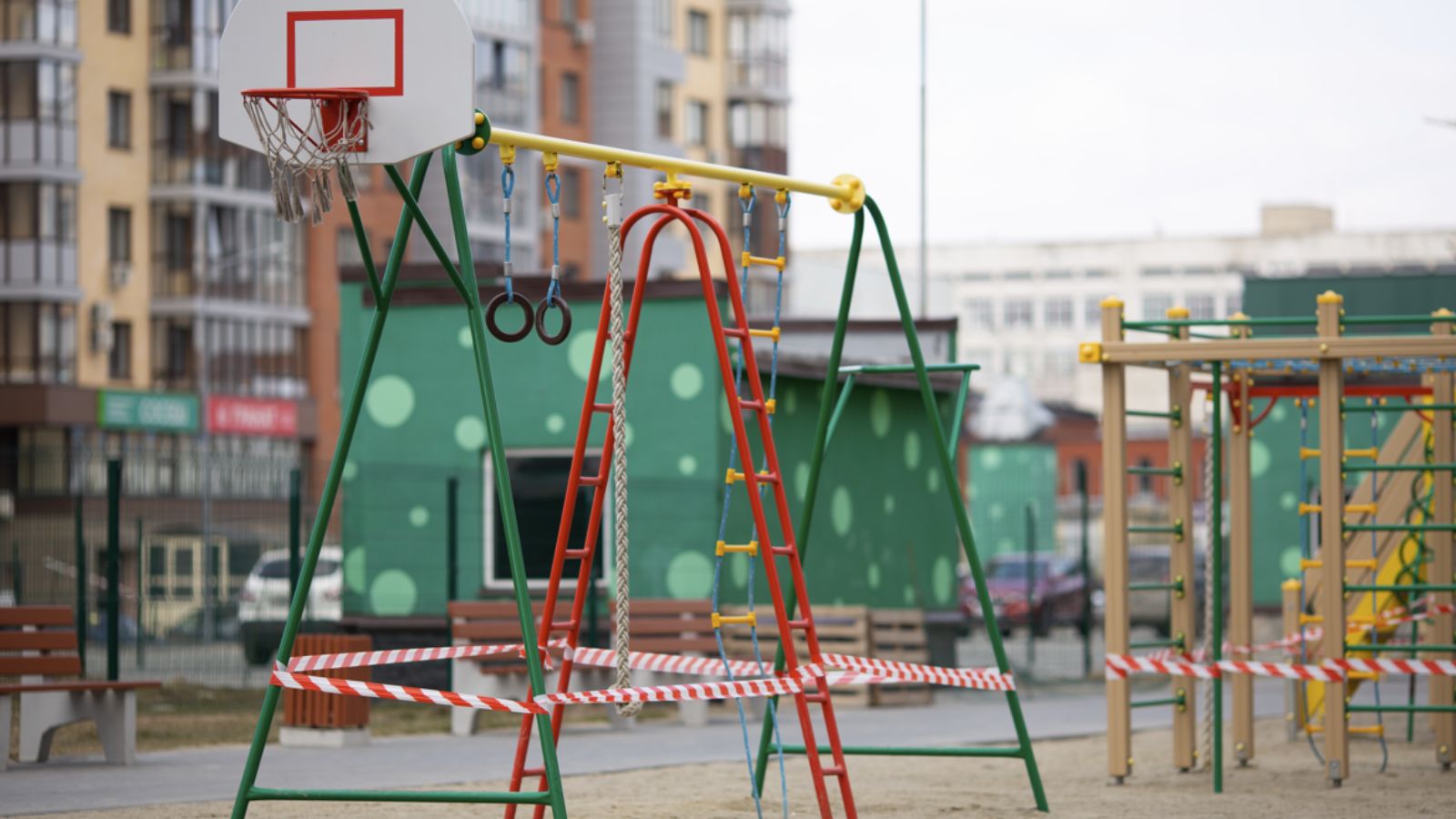
Playgrounds in the ’60s were made of metal and concrete, often featuring tall, spinning contraptions and towering slides with little to no safety features. Falls were common, and getting a little scraped up was considered part of the fun.
Over the years, playgrounds have been redesigned with softer surfaces, safer materials, and lower heights to minimize injury.
Playing with Real Tools and Power Equipment
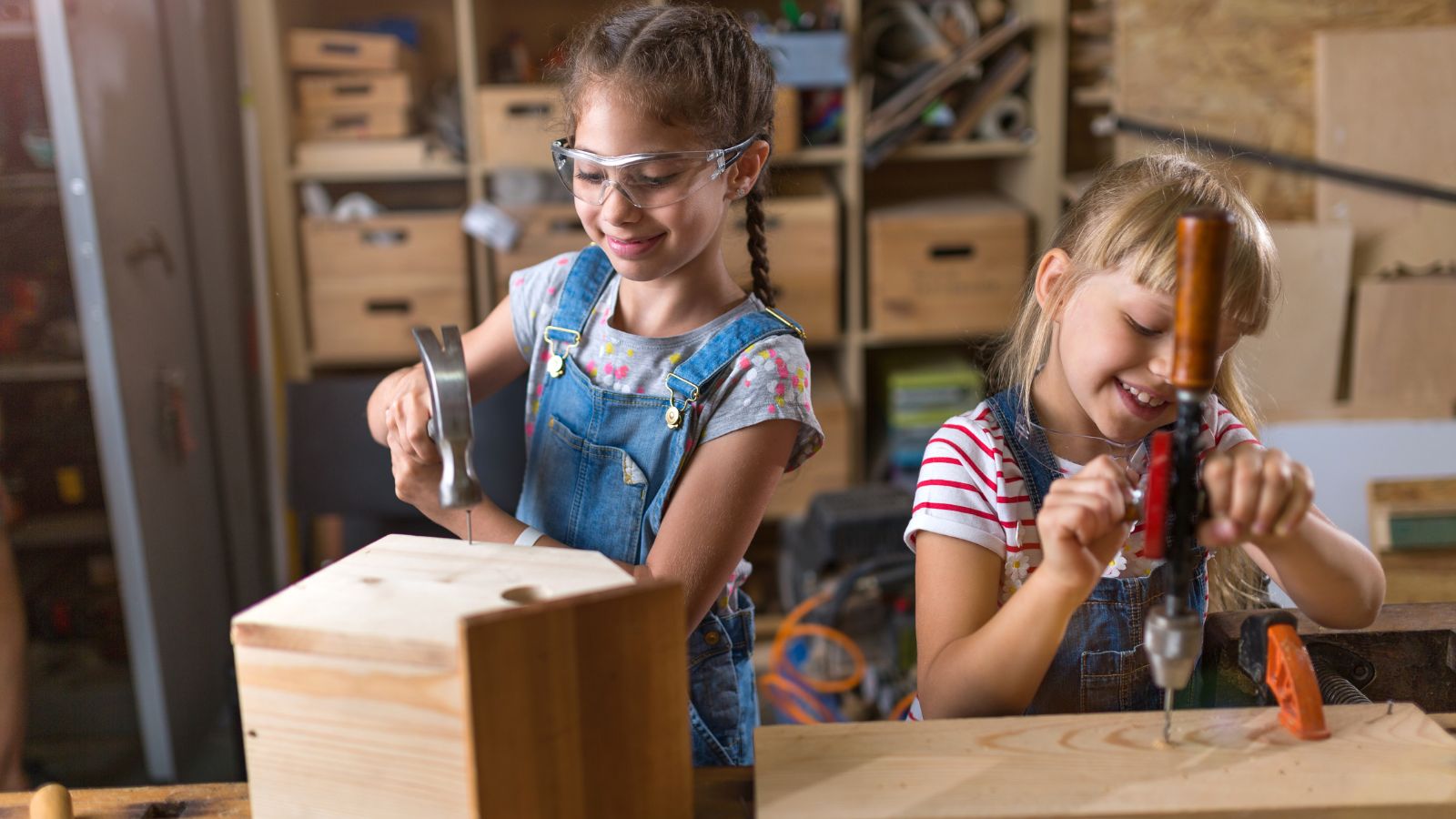
It wasn’t unusual for ‘60s kids to grab hammers, saws, and even power drills from the garage to build forts, ramps, or random inventions. Supervision was minimal, and the idea of “learning through doing” meant letting kids handle real tools. These days, many states have strict regulations about children using power tools or working near hazardous equipment, often requiring adult supervision at all times.
Drinking from the Garden Hose

On hot summer days, drinking straight from the garden hose was second nature for kids playing outside. It was refreshing, convenient, and no one thought twice about it. It’s not like this anymore as modern hoses often carry warnings advising against drinking from them.
